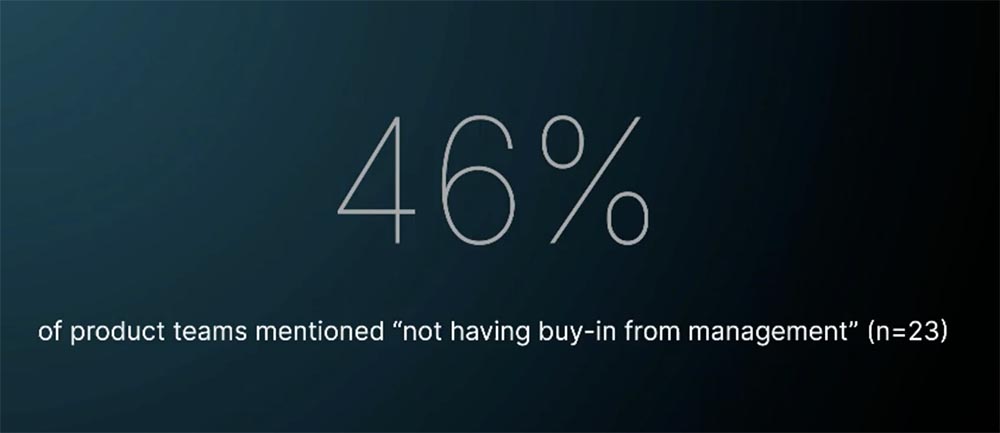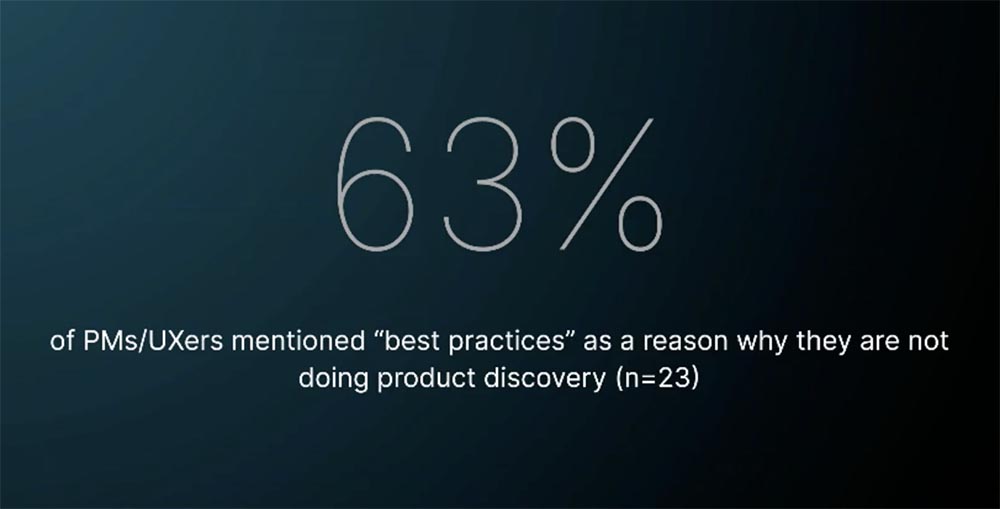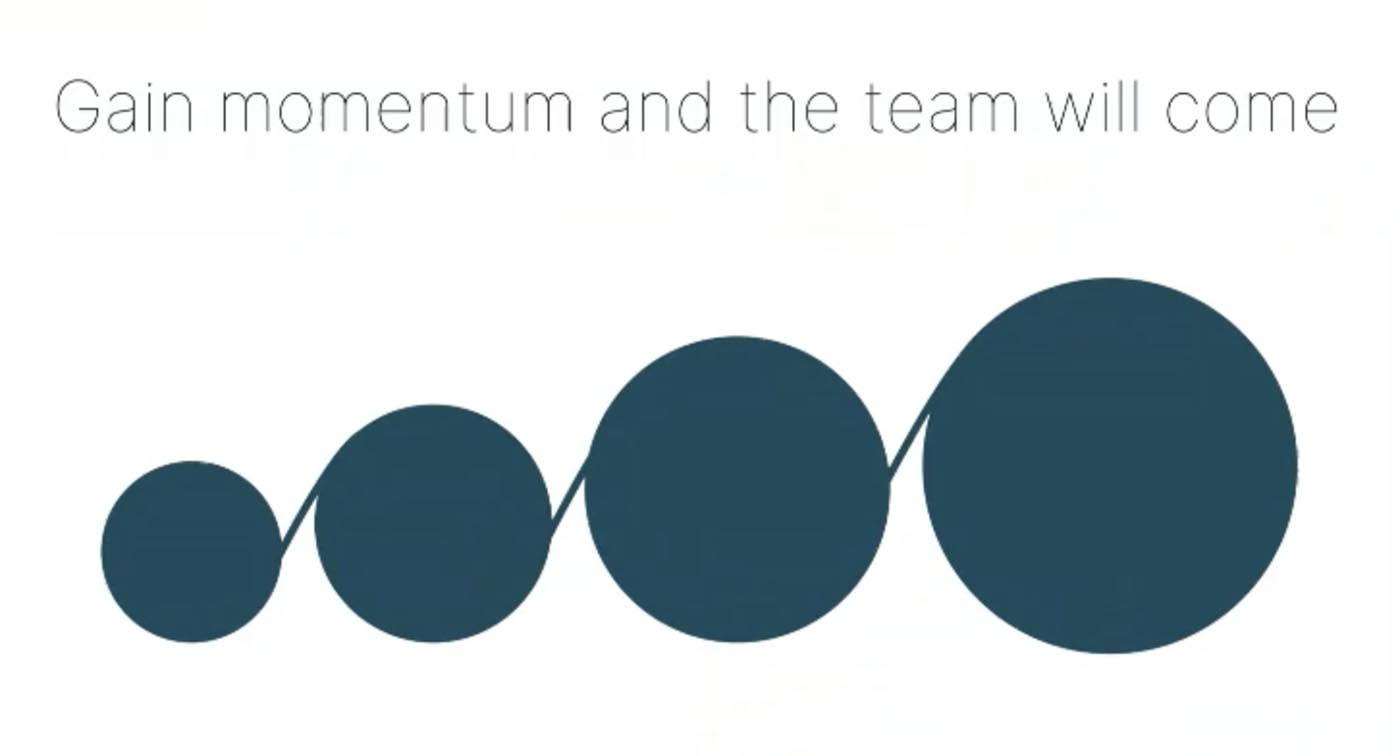Who is Niko Noll
Niko has worked with five companies of varying sizes, mostly small, and conducted extensive research by interviewing 25 PMs and UX specialists over the course of two months. His goal is to help practitioners ease the pressure of getting started with product discovery and provide insight into the struggles faced by PMs and UX specialists.
Step 1: Accept that you may be wrong
The journey of product discovery is often a perplexing one, as many PMs and UX specialists struggle to understand where to start. The two fundamental questions that arise are: what are we trying to achieve, and how do we get there? The first step is to embrace the idea that we may be wrong about something and to conduct a single experiment to learn more. The process should be simple and straightforward, and the experiments we conduct should be ridiculously small.

The abundance of best practices and user-centric methodologies can be overwhelming, but it’s important to focus on getting the ball rolling and having faith in non-linear growth. Unfortunately, many PMs and UX specialists use best practices as an excuse for not conducting product discovery, but it’s crucial to remember that these are not meant to be rigid rules, but rather guidelines.

63% of the people I interviewed mentioned best practices as the reason they are not doing product discovery, but in reality, it’s mostly due to a lack of action. The key to success is to get started, embrace the idea of being wrong, and have faith in non-linear growth.
Misconceptions passed on by the books
In the world of product discovery, there is a common misconception that the idealized best practices and glorified cases hold people back from starting. This is not the intention of the authors, but it’s a real problem faced by PMs and UX specialists every day. Even establishing processes that can be sustained within a company is a challenging task.
For leaders, the problem is often the lack of buy-in from management for product discovery. However, by communicating the importance of product discovery and making it a part of the role, the PMs and UX specialists can gain the support they need.
The key is to lower the bar and get started, building momentum through small steps and collaboration. The perception that one person is the sole voice of the customer can hinder progress, so it’s essential to be open to the idea that others may have valuable insights and to involve others in the discovery process.

The progress made through product discovery is not linear, but rather multiplies over time. PMs and UX specialists do not need new tools to get started, as the simplest form of discovery can be conducted using tools such as Zoom, Calendly, and a note-taking tool. The goal is to start, repeat, and grow from there.
While there are legitimate concerns about buy-in from stakeholders and management, it’s crucial to start with the statement that the goal of better product discovery is aligned with the company’s interests. By making the stakeholders see that the goal is to build products that users love without wasting money and effort, PMs and UX specialists can bridge the communication gap and secure the support they need.
Process maturity grows with time
In the world of product discovery, it’s essential to remember that the maturity of your processes will come with time. Don’t beat yourself up if you’re starting small, as this process may require a team and support from management and stakeholders.
Nothing is stopping you. It’s doing it once and then repeating it.
It’s also important to acknowledge the limits of your organization and accept the delta between the ideal case and what you’re currently experiencing. Doing so will prevent burnout and allow you to work effectively within the constraints of your current staffing and resources.
In conclusion, the journey of product discovery is a continuous process of growth and improvement. Don’t be discouraged by the challenges, and instead, embrace the opportunities for growth and learning. If you’re interested in interim product management and hands-on discovery work, you can follow Niko Noll for more insights and updates.
Find mentors who can help you with Product Discovery
